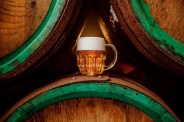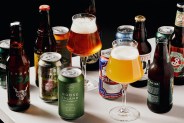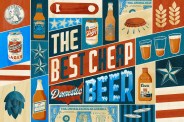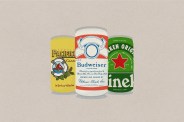Heady Topper, one the world’s most respected beers, says it right there on its silvery sides: “Drink From the Can!” Should you?
Lest we get to cute about it, our foredrinkers got by just fine knocking ’em back directly from the can. But the facts remain: drinkers have gained an attentiveness to the colors, smells, tastes and mouthfeels of beer to rival a sommelier’s with a Bordeaux. And beermakers are entirely serious in their call for drinkers to enjoy their creations from the proper receptacles.
So what do you actually lose by skipping the glassware? I sat down with Zack Mack, a Certified Cicerone and the owner of Alphabet City Beer Co. in New York City., to find out.
Can you drink beer from the can?
“I personally think that you’re not getting the full experience when you don’t pour it out,” Mack says. “You’re not releasing a lot of the carbonation. You won’t get all the aromas out of the skinny neck of a bottle or a can.”
As for Heady Topper? “I don’t understand why they have it set up that way. I think they want you to drink it as fast as you can. But I love that beer. So they can tell me whatever they want,” Mack says.
Mack’s position otherwise boils down to the “head” — the little bit of foam that rises to the top of a glass immediately after a pour.







